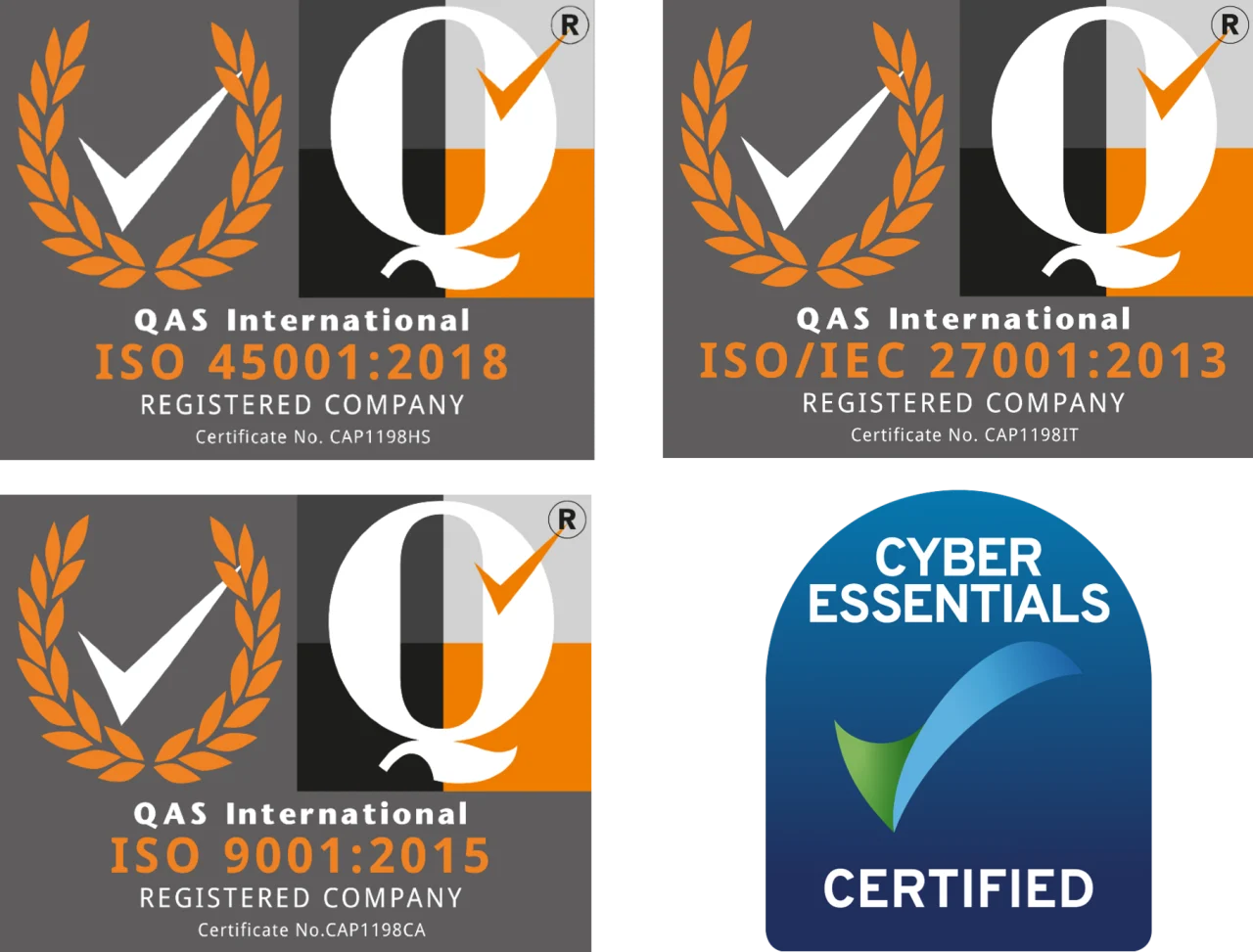How can I migrate to SharePoint? Migrating your organization to Microsoft SharePoint from the traditional on-premise server can be a large project to undertake. There are several important things to consider to ensure a smooth transition. Here are some key factors to keep in mind:
- Define your requirements: Start by defining your business needs and requirements. What do you want to achieve with SharePoint? How will SharePoint help you achieve your goals? Define your success metrics and plan your migration accordingly.
- Identify your content: Determine what content you need to migrate to SharePoint, including documents, lists, libraries, and workflows. Determine which content is mission-critical and prioritize it accordingly.
- Plan your information architecture: SharePoint requires careful planning of its information architecture. Determine how you will structure your content, including site collections, subsites, libraries, and lists. Create a logical hierarchy that makes sense for your organization and enables easy navigation and search.
- Configure SharePoint: Once you have your content identified and your information architecture planned, you can configure SharePoint. This includes setting up permissions, customizing navigation, creating views, and configuring search.
- Train your users: SharePoint can be complex, and users may need training to use it effectively. Plan a training program that covers the basics of using SharePoint, including how to create, edit, and manage content, and how to collaborate with others.
- Migrate your content: Once you have everything planned, it’s time to migrate your content. You can use a variety of methods to migrate your content, including third-party migration tools, PowerShell, or manual migration. Make sure to test everything thoroughly before you go live.
- Monitor and maintain SharePoint: After the migration is complete, you need to monitor and maintain SharePoint. This includes ensuring that backups are taken regularly, monitoring usage, and addressing any issues that arise.
How can I migrate to SharePoint? Overall, moving to SharePoint requires careful planning and preparation. By using these steps as a framework, you can help ensure that your organisation achieves a smooth transition, but the rabbit hole goes much deeper. If some of these initial points highlighted have already got your mind boggling, then it may be advantageous to partner with an experienced organisation to help with this project.

Well, that’s great – but all of those points lead to more questions, not less – How can I migrate to SharePoint?
Yes, yes, they do. And a great deal of this is down to SharePoint’s versatility and the scope that it can cover. SharePoint started as a method of sharing files, but over the years since its initial release it has blossomed to encompass so much more, from basic document storage to Communication sites with levels of customisation, then live collaboration on documents and high levels of integration with the rest of the Microsoft 365 platform. Add in workflows and the potential of automation and there really is a lot to discuss…. So, let’s not talk of the whole meal, lets just take a bite.
What is the most useful starting point? What simple(r) step can we take to make use of SharePoint, introduce the concept to our colleagues that doesn’t have to go for the whole 5 courses (and a load of antacids)?
Starting with a snack – How can I migrate to SharePoint?
A popular starting point is to create a company policies or Handbook area. Often policies are a tricky one to achieve on a traditional server set up, whereas SharePoint document versioning, approval and workflow features can make a trickier area easier to manage.
In this SharePoint library you could share all company policies with all of your staff. Policies can be tagged with categories, for example “HR Policies” “IT Policies” or whatever tags that you feel you need to help people locate documents. From here you can also implement version control so you can track changes to documents. Set status such as “Draft” or “Current”.
Well, that’s great, a nice easy place to locate all policies centrally, and see previous versions…. But what about if someone wants to suggest a change? And of course, it needs to be a suggestion, to be approved and implemented – you can’t just let everyone have access to just change organisational policy willy nilly, but you do want valid input! Luckily SharePoint has you covered there too. You can create a Policy request form in SharePoint where people can raise suggested changes, reason for change etc.
The next bit is where a little bit of magic starts to happen. With the addition of a workflow in SharePoint, that form can then notify the person (or group of people) responsible for policy changes, who can then approve or reject the amendments which notifies the original requester of the decision and can even automatically update relevant sections in a document to reflect the request.
This should provide you with a small implementation of SharePoint that can illustrate a great many benefits of SharePoint, provide your organisation with a useful end product, improve your workflow and procedures, and provide a little bit of staff training around SharePoint all in one nice little bitesize snack. Some more information can be found here.
As always, if you want to know more, you can contact us. We love to talk tech, especially around making things better!

